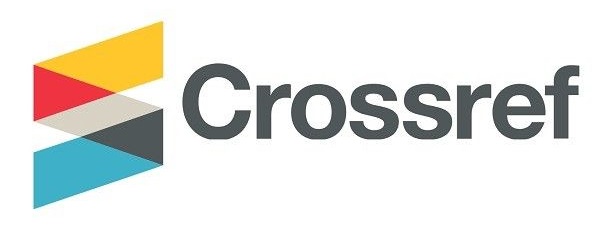Quality Assessment and Content Analysis of Youtube Videos on Glaucoma Surgery
DOI:
https://doi.org/10.37745/bjmas.2022.0010Abstract
The aim of this study is to evaluate the accuracy, quality and reliability of the videos on glaucoma surgery on YouTube which is an online video-sharing platform.The material has been obtained by a video search carried out on the Youtube -online video platform- with the keyword “Trabeculectomy” is kind of glaucoma surgery. A total of 44 videos for the keyword “trabeculectomy” were analyzed. When evaluated according to the exclusion criteria, a total of 10 videos were included in the analysis, and the 34 videos were excluded. Thus, after carving out the secondary data, a number of statistical analyses were performed namely Shapiro-Wilks, Kruskall-Wallis, Mann-Whitney U and Backward Linear Regression. In this framework, statistical analyzes were made via using the Stata software. Statistical significance value (threshold) was accepted as %10 (p<0.05). When the videos were evaluated according to the information content they provided, it was found that 5 videos had low quality information content, 4 videos had medium quality information content, 1 video had good quality information content. Moreover, it was statistically determined that the parameter affecting the number of views was the number of likes (p<0.05). This is the first study in ophthalmology to analyze publicly available online data evaluating glaucoma patients.YouTube videos are essentially insufficient as an educational material and an English source of information for the glaucoma surgery. Health professionals need to pay more attention to online platforms so that patients can access accurate information.
Downloads
Downloads
Published
Versions
- 03-11-2022 (3)
- 12-10-2022 (2)
- 12-10-2022 (1)
Issue
Section
License

This work is licensed under a Creative Commons Attribution-NonCommercial-NoDerivatives 4.0 International License.











